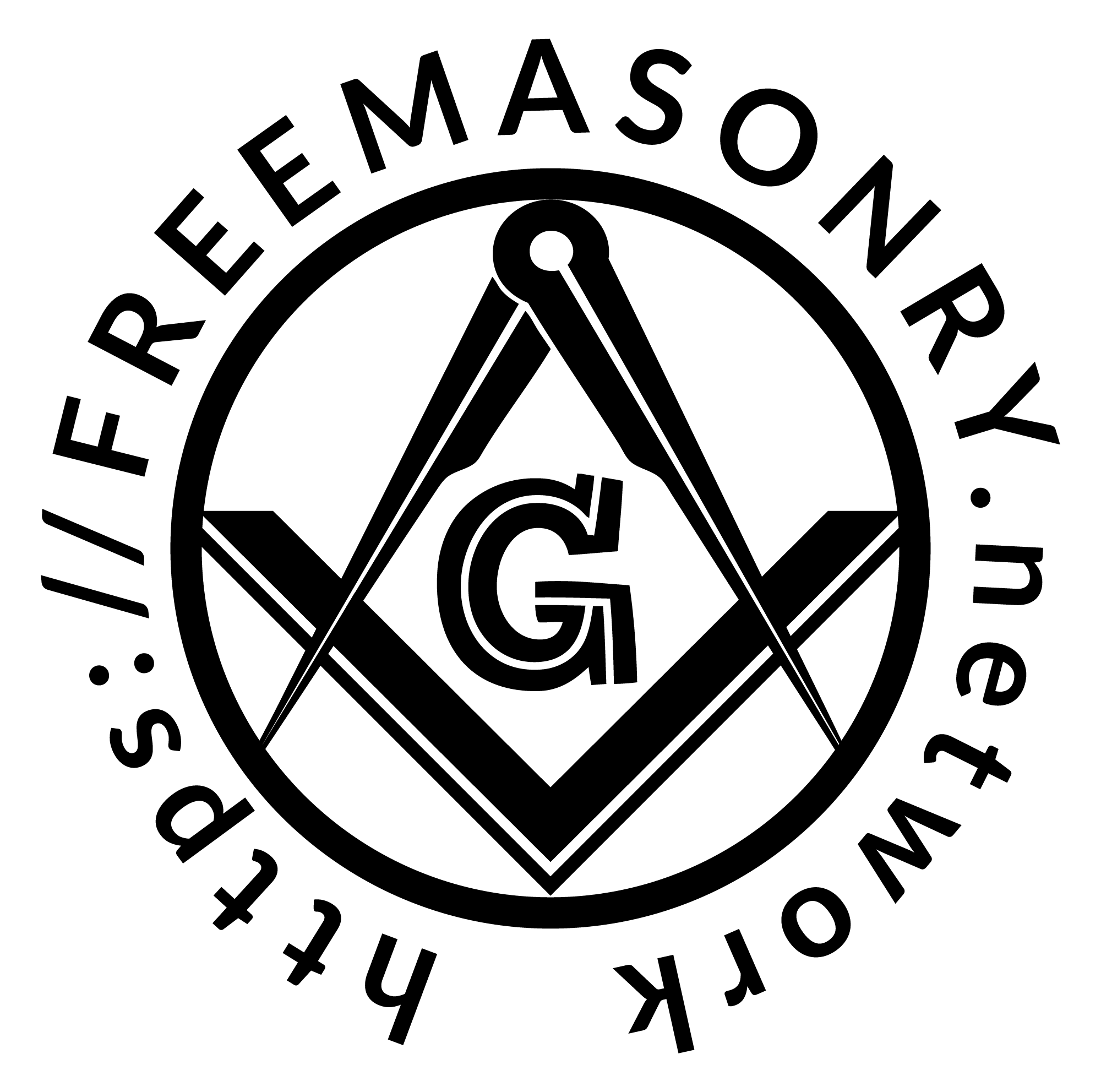The following is a brief review of the history of Freemasonry in England as it has hitherto been written, and is now generally received by the Fraternity. It is but right, however, to say that recent researches have thrown doubts on the authenticity of many of the statements—that the legend of Prince Edwin has been doubted; the establishment of Grand Lodge at York in the beginning of the eighteenth century denied; and the existence of anything but Operative Masonry before 1717 is controverted. These questions are still in dispute; but the labors of Masonic antiquaries, through which many old records and ancient constitutions are being continually exhumed from the British Museum and from Lodge libraries, will eventually enable us to settle upon the truth. According to Anderson and Preston, the first Charter granted in England to the Freemasons, as a Body, was bestowed by King Athelstan, in 926, upon the application of his brother, Prince Edwin. “Accordingly,” says Anderson, quoting from the Old Constitutions (see the Constitutions of 1738, page 64), “Prince Edwin summoned all the Free and Accepted Masons in the Realm, to meet him in a Congregation at York, who came and formed the Grand Lodge under him as their Grand Master, 926 A.D.
“They brought with them many old Writings and Records of the Craft, some in Greek, some in Latin, some in French, and other Languages; and from the Contents thereof, they framed the Constitutions of the English Lodges, and made a Law for Themselves, to preserve and observe the same in all Time coming, Ac, &c, &c.”
From this assembly at York, the rise of Freemasonry in England is generally dated; from the statutes there enacted are derived the English Masonic Constitutions; and from the place of meeting, the ritual of the English Lodges is designated as the Ancient York Rite. For a long time the York Assembly exercised the Masonic jurisdiction over all England; but in 1567 the Freemasons of the southern part of the island elected Sir Thomas Gresham, the celebrated merchant, their Grand Master, according to Anderson (see Constitutions, 1738, page 81). He was succeeded by the Earl of Effingham, the Earl of Huntington, and by the illustrious architect, Inigo Jones.
In the beginning of the eighteenth century, Freemasonry in the south of England had fallen into decay. The disturbances of the revolution, which placed William III on the throne, and the subsequent warmth of political feelings which agitated the two parties of the state, had given this peaceful society a wound fatal to its success. But in 1716 “the few Lodges at London finding themselves neglected by Sir Christopher Wren, thought fit to cement under a Grand Master as the Center of Union and Harmony,” and so four of the London Lodges “met at the AppleTree Tavern; and having put into the chair the oldest Master Mason, now the Master of a Lodge, they constituted themselves a Grand Lodge, pro tempore, Latin for the time being, in due form, and forthwith revived the quarterly communication of the officers of Lodges, called the Grand Lodge, resolved to hold the annual assembly and feast, and then to choose a Grand Master from among themselves, till they should have the honor of a noble brother at their head” (according to Anderson, Constitutions, 1738, page 109).
Accordingly, on John the Baptist’s Day, 1717, the annual assembly and feast were held, and Brother Anthony Sayer duly proposed and elected Grand Master. The Grand Lodge adopted, among its regulations, the following: “That the privileges of assembling as Masons, which had hitherto been unlimited, should be vested in certain Lodges or assemblies of Masons convened in certain places; and that every Lodge to be hereafter convened, except the four old Lodges at this time existing, should be legally authorized to act by a warrant from the Grand Master for the time being, granted to certain individuals by petition, with the consent and approbation of the Grand Lodge in communication; and that, without such warrant no Lodge should be hereafter deemed regular or constitutional.
In compliment, however, to the four old Lodges, the privileges which they had always possessed under the old organization were particularly reserved to them; and it was enacted that “no law, rule, or regulation, to be hereafter made or passed in Grand` Lodge, should deprive them of such privilege, or encroach on any landmark which was at that time established as the standard of Masonic government” (as recorded by Preston, Illustrations, edition of 1792, pages 248 and 249).
The Grand Lodges of York and of London kept up a friendly intercourse, and mutual interchange of recognition, until the latter Body, in 1725, granted a Warrant of constitution to some Freemasons who had seceded from the former. This un-Masonic act was severely reprobated by the York Grand Lodge, and produced the first interruption to the harmony that had long subsisted between them. It was, however, followed some years after by another unjustifiable act of interference. In 1735, the Earl of Crawford, Grand Master of England, constituted two Lodges within the jurisdiction of the Grand Lodge of York, and granted, without its consent, Deputations for Lancaster, Durham, and Northumberland. “This circumstance,” says Preston (Illustrationa; edition of 1792, page 279), “the Grand Lodge at York highly resented, and ever afterward viewed the proceedings of the Brethren in the south with a jealous eye. All friendly intercourse ceased, and the York Masons, from that moment, considered their interests distinct from the Masons under the Grand Lodge in London.”
Three years after, in 1738, several Brethren, dissatisfied with the conduct of the Grand Lodge of England, seceded from it, and held unauthorized meetings for the purpose of initiation. Taking advantage of the breach between the Grand Lodges of York and London. they assumed the character of York Freemasons. On the Grand Lodge’s determination to put strictly in execution the laws against such seceders, they still further separated from its jurisdiction, and assumed the appellation of Ancient York Masons. They announced that the ancient landmarks were alone preserved by them; and, declaring that the regular Lodges had adopted new plans, and sanctioned innovations, they branded them with the name of Modern Masons. In 1739, they established a new Grand Lodge in London, under the name of the Grand Lodge of Ancient York: Masons, and, persevering in the measures they had adopted, held communications and appointed annual feasts. They were soon afterward recognized by the Freemasons of Scotland and Ireland, and were encouraged and fostered by many of the nobility. The two Grand Lodges continued to exist, and to act in opposition to each other, extending their schisms into other countries, especially into America, until the year 1813, when, under the Grand Mastership of the Duke of Sussex, they were united under the title of the United Grand Lodge of England. Such is the history of Freemasonry in England as uninterruptedly believed by all Freemasons and Masonic writers for nearly a century and a half.
Recent researches have thrown great doubts on its entire accuracy. Until the year 1717, the details are either traditional, or supported only by manuscripts whose authenticity has not yet been satisfactorily proved. Much of the history is uncertain; some of it, especially as referring to York, is deemed apocryphal by Brother Hughan and other industrious writers, and Brother Henry Sadler in his Masonic Facts and Fictions has proved that the Ancients were not really a schismatic body of seceders from the Premier Grand Lodge of England, but were Irish Freemasons settled in London, who, in 1751, established a body which they called the Grand Lodge of England according to the 011 Institutions, maintaining that they alone preserved the ancient tenets and practices of Freemasonry (see Ancient Masons).
the source: Mackey’s Encyclopedia of Freemasonry














